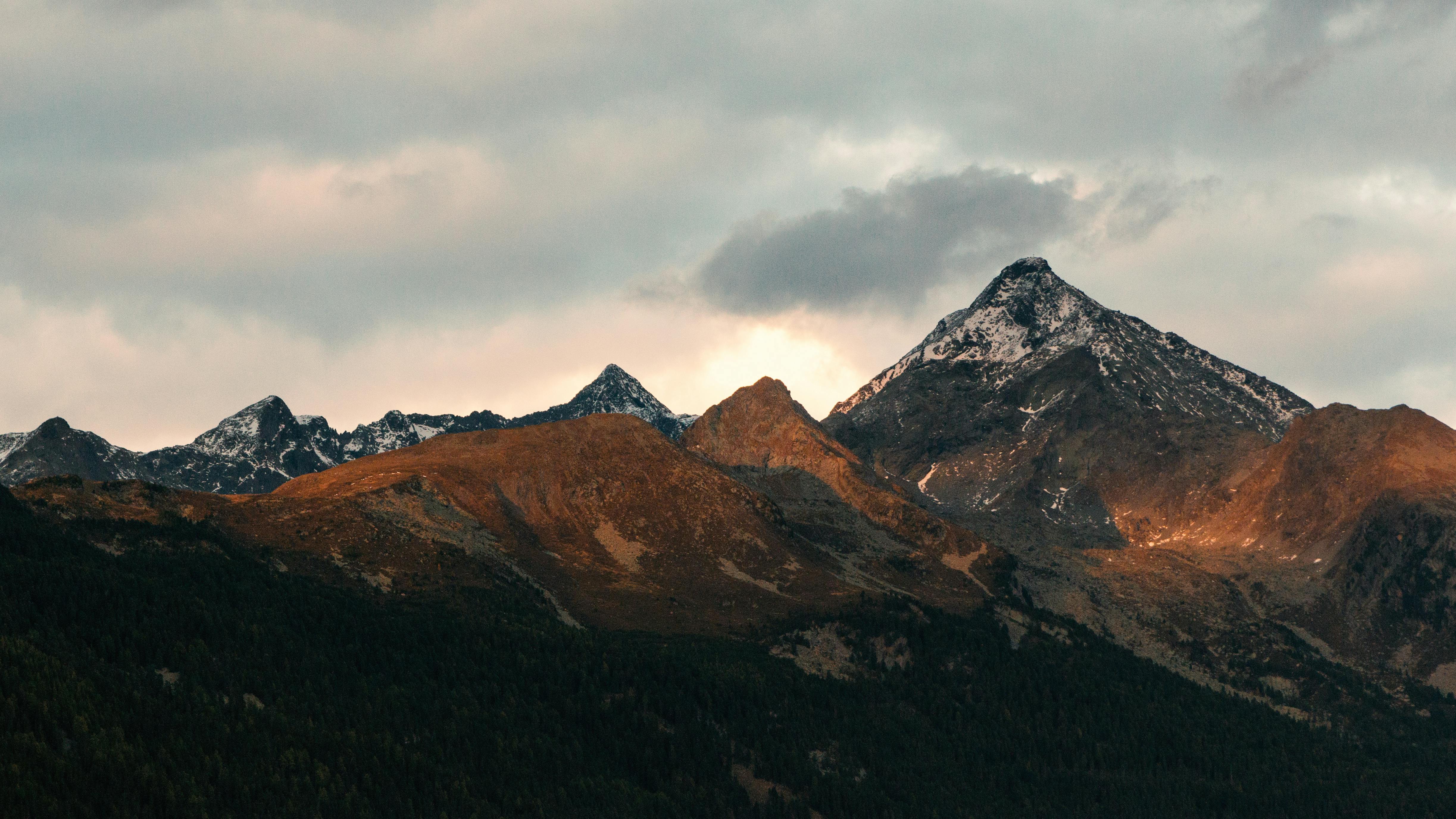When most people think of Las Vegas, they envision the glow of the vibrant strip, the magnificent and spacious hotels, and the variety and splendor of the famous casinos. Today, you are never far from the glitz and glamor of the vibrant and exciting nightlife. But as the brief history of Las Vegas Nevada indicates, this was not always the case.
At one time, what is now Las Vegas, and indeed most of southern Nevada, was abundant with water and vegetation. Over time, the rivers receded and the swamps dried up. What were once lush and vibrant wetlands became a scorching desert. But the trapped water appeared occasionally, nurturing plant life and creating a kind of oasis in the desert.
This oasis in the Mojave Desert was hidden from all but a few Native Americans until 1829. It was then that a small group of explorers from Mexico discovered it and named it Las Vegas, which means “the meadows” in Spanish.
Salt Lake City’s first Mormon settlers arrived in the 1850s. In the early 1900s, Las Vegas became a stop on the developing railroad route. This, in turn, triggered growth in local shops, taverns, and boarding houses. The original stop is where the Plaza Hotel now stands on Fremont Street in downtown. It is the only train station in the world that is located within a resort and casino.
Several factors in the history of Las Vegas Nevada led to its expansive growth from the 1930s to the present day. Gambling has been legalized in Nevada. Railway development continued at a steady pace. And the gigantic construction project of the Hoover Dam began. These three factors allowed Las Vegas to expand and flourish while many other cities were hampered by the hardships of the depression.
This early growth triggered the construction of the first hotels on what would later become the famous Las Vegas strip. It is a construction boom that has continued more or less to this day.
However, the only name left from the 1940s is Flamingo. Now the Flamingo Hilton, this property was one of the first developed as a hotel and casino on the Strip.
In the 1950s, several more resorts were added and Las Vegas continued to flourish, including the Sands, Riviera, Tropicana, and Stardust hotels. Later a major convention center was built to attract business travelers.
As you’re enjoying today’s colorful and exciting Las Vegas Strip, take a moment to reflect on the history of Las Vegas Nevada. It wasn’t that long ago that the entire area lay hidden amidst a scorched landscape.
